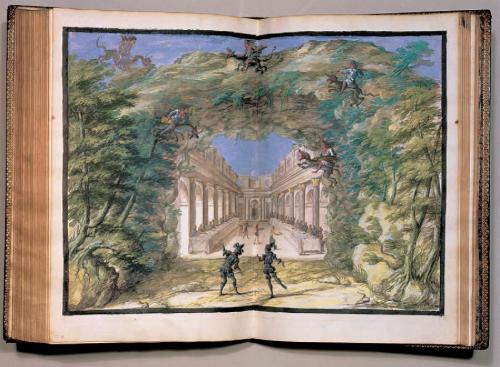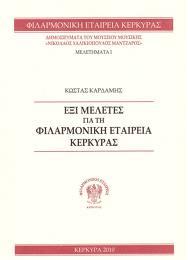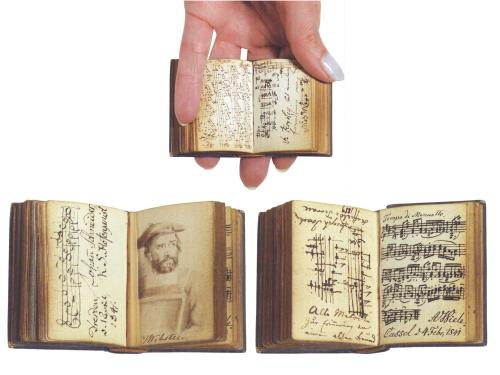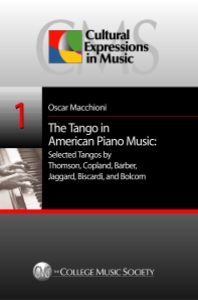A project based at the Hochschule für Musik und Theater Rostock and led by the ethnomusicologists Barbara Alge and Frances Wilkins in collaboration with students and staff at the Hochschule Wismar, Soundscapes Rostock is an exploration of sounds that in some way define the city and its suburbs.
The aim was to capture and record sounds, musical and environmental, that in some way identify the different areas of the city—anything from political rallies and street musicians in the city center to electric doors, the Christmas market, and industrial sounds. The project was carried out between October 2010 and February 2011, and is now a Web-based resource.
Below, the Christmas market with ambient accordion music.












